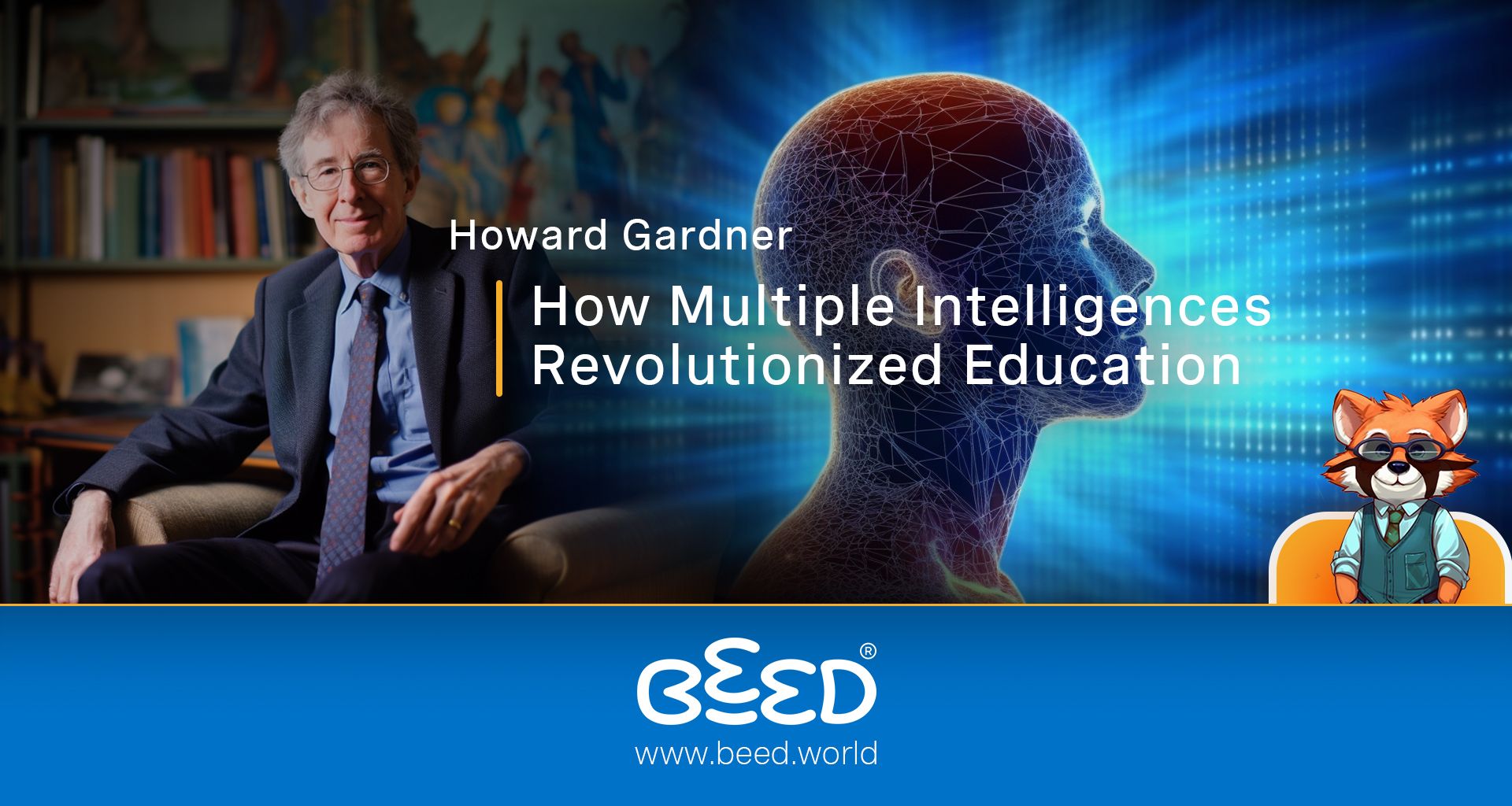Howard Gardner: How Multiple Intelligences Revolutionized Education

Beyond the IQ Score: How Howard Gardner's Multiple Intelligences Revolutionised Education
For decades, the concept of intelligence was shrouded in a singular metric: the IQ test. A single number was meant to encapsulate the vast complexities of human thought and potential. But then came Howard Gardner, a Harvard psychologist who dared to challenge this narrow view. In 1983, his book "Frames of Mind: The Theory of Multiple Intelligences" sparked a revolution in education, forever changing how we understand and nurture intelligence.
Gardner proposed that instead of one general intelligence, there are eight distinct intelligences, each representing a different cognitive ability:
Linguistic intelligence: The ability to use language effectively, both in speaking and writing.
Logical-mathematical intelligence: The ability to analyse problems, reason logically, and solve problems using numbers and abstract concepts.
Spatial intelligence: The ability to visualise and manipulate objects in space, as well as understand spatial relationships.
Bodily-kinesthetic intelligence: The ability to control and coordinate one's body movements.
Musical intelligence: The ability to recognize, create, and perform music.
Interpersonal intelligence: The ability to understand and interact effectively with others.
Intrapersonal intelligence: The ability to understand oneself and one's emotions.
Naturalistic intelligence: The ability to understand and connect with the natural world.
This groundbreaking theory shattered the notion of a single "smart" standard. It recognised that individuals possess unique strengths and weaknesses across these multiple intelligences and that traditional IQ tests often failed to capture the full spectrum of human potential.
Impact on Education Assessment and Curriculum Design:
Gardner's work had a profound impact on education. It challenged the one-size-fits-all approach to learning and assessment, urging educators to:
Recognise and value diverse learning styles: By understanding different intelligences, teachers can tailor their teaching methods to cater to individual strengths and preferences. A student who excels in spatial intelligence might
learn best through visual aids and hands-on activities, while a linguistically strong student might thrive on debates and writing assignments.
Promote a more holistic view of intelligence: Gardner's theory encourages educators to look beyond academic performance and recognise the value of other intelligences, such as social skills, creativity, and emotional intelligence.
Design engaging and diverse curricula: By incorporating activities that activate different intelligences, educators can create learning experiences that are more engaging and meaningful for all students. This could involve incorporating
music, movement, art, and outdoor activities into the curriculum, alongside traditional academic subjects.
How BeED Aligns with Gardner's Multiple Intelligences:
The Bachelor of Education (BeED) programme, with its emphasis on learner-centred education and catering to diverse needs, naturally aligns with Gardner's theory of multiple intelligences. Here are some specific ways:
Focus on differentiated instruction: BeED programmes equip future educators with the skills and knowledge to design teaching strategies that cater to different learning styles and intelligences. This allows them to create inclusive classrooms where every student feels valued and has the opportunity to succeed.
Project-based learning and hands-on activities: BeED programmes often incorporate project-based learning and hands-on activities into their curriculum. This allows students to apply their knowledge in practical ways and engage their multiple intelligences through various tasks and projects.
Emphasis on collaboration and communication: BeED programmes recognise the importance of social and emotional intelligence in the learning process. They encourage collaboration, communication, and teamwork, allowing students to develop interpersonal skills and learn from each other.
Promoting creativity and critical thinking: BeED programmes go beyond rote memorization and encourage students to think critically, solve problems creatively, and express themselves through various means. This aligns with Gardner's emphasis on musical, artistic, and bodily-kinesthetic intelligences.
Howard Gardner's theory of multiple intelligences continues to resonate with educators and learners alike. By recognising and valuing individual strengths and diverse learning styles, we can create a more inclusive and equitable education system for all. The BeED programme, with its commitment to learner-centred education and differentiated instruction, embodies the spirit of Gardner's work and paves the way for a future where every student has the opportunity to unlock their full potential, regardless of their preferred learning style and intelligence strengths.